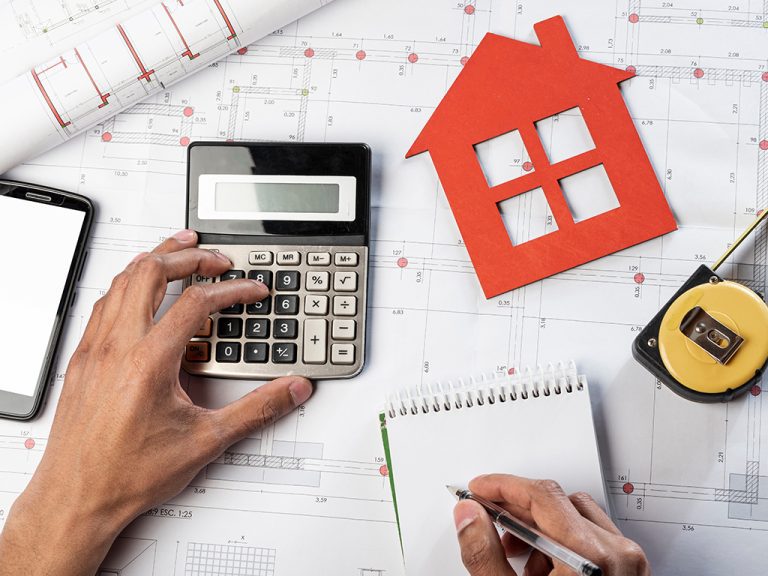In the world of construction and architecture, technological advancements have revolutionized the way projects are conceived, designed, and executed. One such innovation making waves is 4D Building Information Modeling (BIM). In this article, we’ll explore what 4D BIM is and delve into the myriad benefits it brings to the realm of design and planning services.
What is 4D BIM?
4D BIM is an extension of traditional 3D BIM, which adds the dimension of time into the equation. In simpler terms, it’s a digital representation of a construction project that not only showcases its physical elements but also how they evolve over time. This evolution is presented through a timeline, providing a dynamic view of the project’s progress from conception to completion.
Benefits of 4D BIM in Design and Planning Services:
- Enhanced Visualization: 4D BIM allows stakeholders to visualize the entire construction process in a chronological sequence. This aids in better comprehension of the project’s evolution, making it easier to spot potential issues and improvements.
- Improved Communication: The visual nature of 4D BIM simplifies communication among project team members, including architects, engineers, contractors, and clients. Complex ideas become easier to convey and understand, reducing misunderstandings and errors.
- Efficient Resource Allocation: With a detailed timeline of the project, 4D BIM helps in optimizing resource allocation. It enables project managers to schedule tasks, manpower, and equipment efficiently, leading to cost savings and timely project delivery.
- Risk Mitigation: By simulating the construction process virtually, potential risks and clashes can be identified and addressed early in the planning stage. This proactive approach minimizes costly changes during actual construction.
- Client Engagement: Clients often struggle to visualize the end product from 2D plans or 3D models. 4D BIM provides clients with an immersive experience, allowing them to see their vision taking shape, which can boost confidence and satisfaction.
- Streamlined Decision-Making: 4D BIM facilitates better decision-making by providing a clear understanding of the project’s progress and potential bottlenecks. This agility enables quick adjustments to the project plan as needed.
In conclusion, 4D BIM is a game-changer in the world of design and planning services. Its ability to integrate time into the modeling process empowers stakeholders to make informed decisions, enhance collaboration, and ensure successful project outcomes. As technology continues to evolve, embracing 4D BIM is a smart choice for those looking to stay at the forefront of the construction industry.









